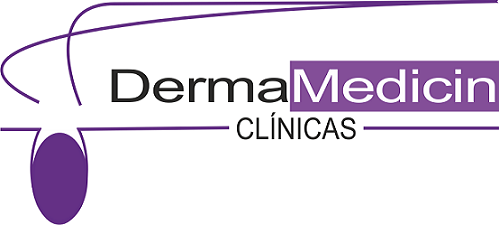
What does hyperhidrosis means?
It refers to excessive sweating and affects 2-5% of the population. The primary hyperhidrosis is the most frequently. It is caused by hyperactivity of the sympathetic nervous system and is located in certain areas: armpits, palms and soles. Secondary hyperhidrosis may be due to an underlying pathology (eg a thyroid disorder) or medication use and usually affects large areas of the body.
How is it diagnosed?
The dermatologist will carry out a clinical assessment to establish the diagnosis, rule out secondary causes and determine the severity of the condition. In addition, the Minor Test or analytical tests may be performed if it is necessary.
And the treatment?
There are different types of treatment, depending on the type of hyperhidrosis and location, the most appropriate will be indicated:
- Topical antiperspirants: for mild or moderate cases.
- Infiltrated treatment: very safe and effective. It is used for treatment of armpits, palms or soles. One of its main advantages is that the effect lasts 6-9 months.
- Oral anticholinergics: useful for cases of generalized hyperhidrosis.
- Iontophoresis: for the treatment of hands and feet. Its main advantage is that it does not hurt or have side effects. It is done in sessions.
- Surgery: Reserved for resistant cases since compensatory sweating may appear in another area of the body.
In conclusion, it is important to make a correct diagnosis and clinical evaluation to achieve a good result with the treatment. Internal Medicine, Dermatology and Aesthetic Medicine are part of the Dermamedicin hyperhidrosis management unit.


